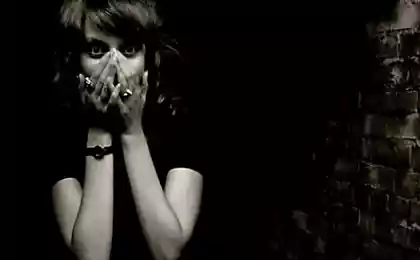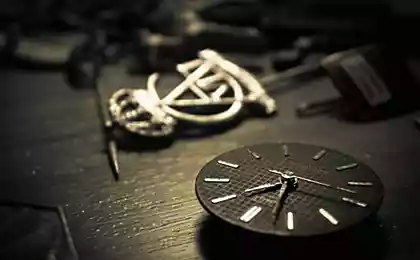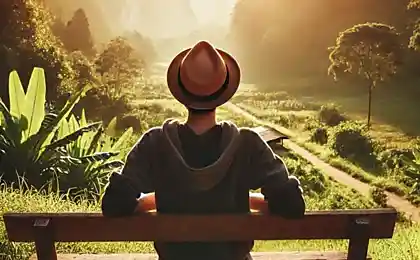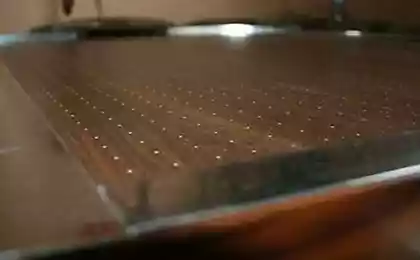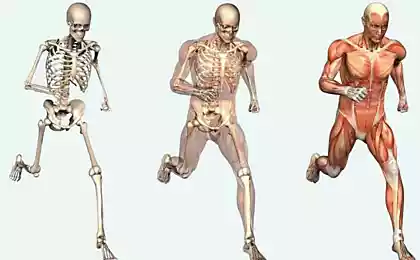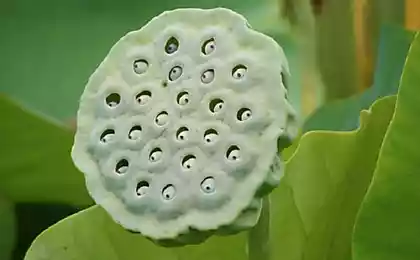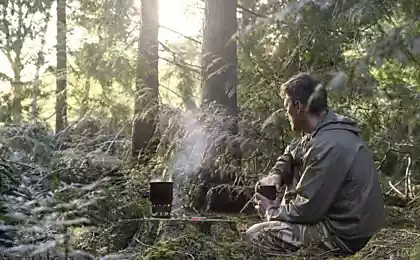1027
There is a phobia, forcing avoid holes and openings
Trypophobia is an evolutionary advantage and widely rasprostranena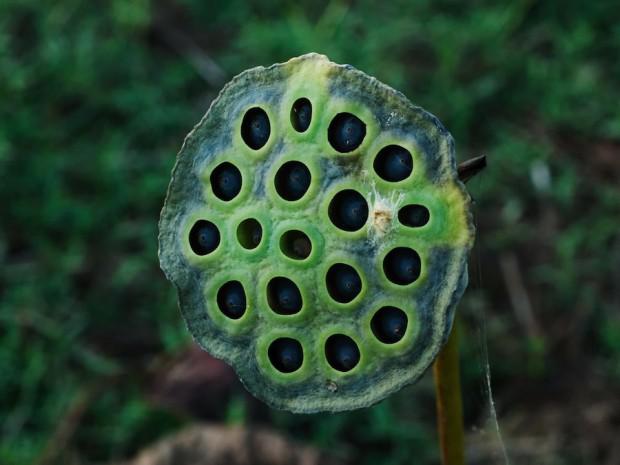
For many people, for example, fresh muffins donuts or bagels - a favorite treat, but according to research by psychologists, most still subconsciously tend to avoid the various openings and holes, because for our ancestors it could be due to a threat, such as a hive or a hornet's nest, a flower poisonous or dangerous animals.

"Trypophobia (fear of holes and holes) - one of the most common phobias, and the few that somehow heard about it," - says psychologist Jeff Cole of the University of Essex, who, incidentally, also diagnosed at its signs.
Research conducted by Cole, together with his colleague Arnold Wilkins, suggest that the evolutionary foundation trypophobia can be, for example, the fear of poisonous animals or any other danger. The researchers staged an online survey, which found that about 16% of participants noticed for a particular behavior, characteristic of suffering trypophobia.

Scientists decided to find out what specific signs of visible objects may provoke an attack. It turned out that most reactions occur in the image, in which there are clearly defined circle or contrasting rounded objects. Among these images were also photographs of poisonous animals like king cobra, scorpion, and one species of octopus. On the basis of these observations, Cole and Wilkins suggested that the fear of such objects deeply rooted in human nature itself, to contribute to its survival.
Cole is confident: "Almost everyone can find these or other signs trypophobia, even if he does this has no idea, for example, we found that people generally tend to evaluate" tripofobnye "image as less attractive than others».
Currently, scientists continue to study the signs trypophobia.
via factroom.ru

For many people, for example, fresh muffins donuts or bagels - a favorite treat, but according to research by psychologists, most still subconsciously tend to avoid the various openings and holes, because for our ancestors it could be due to a threat, such as a hive or a hornet's nest, a flower poisonous or dangerous animals.

"Trypophobia (fear of holes and holes) - one of the most common phobias, and the few that somehow heard about it," - says psychologist Jeff Cole of the University of Essex, who, incidentally, also diagnosed at its signs.
Research conducted by Cole, together with his colleague Arnold Wilkins, suggest that the evolutionary foundation trypophobia can be, for example, the fear of poisonous animals or any other danger. The researchers staged an online survey, which found that about 16% of participants noticed for a particular behavior, characteristic of suffering trypophobia.

Scientists decided to find out what specific signs of visible objects may provoke an attack. It turned out that most reactions occur in the image, in which there are clearly defined circle or contrasting rounded objects. Among these images were also photographs of poisonous animals like king cobra, scorpion, and one species of octopus. On the basis of these observations, Cole and Wilkins suggested that the fear of such objects deeply rooted in human nature itself, to contribute to its survival.
Cole is confident: "Almost everyone can find these or other signs trypophobia, even if he does this has no idea, for example, we found that people generally tend to evaluate" tripofobnye "image as less attractive than others».
Currently, scientists continue to study the signs trypophobia.
via factroom.ru
